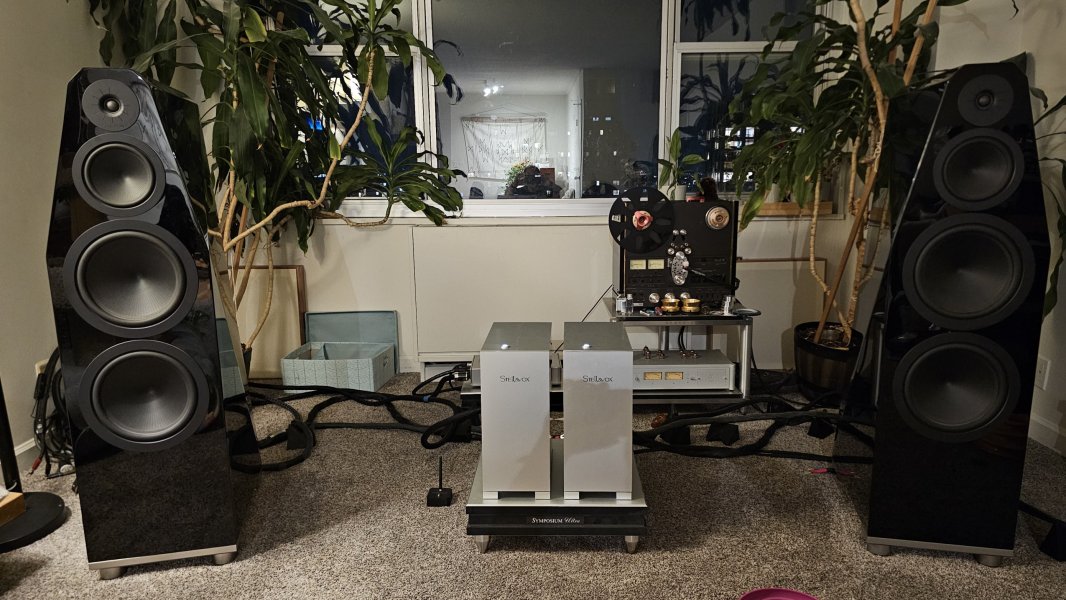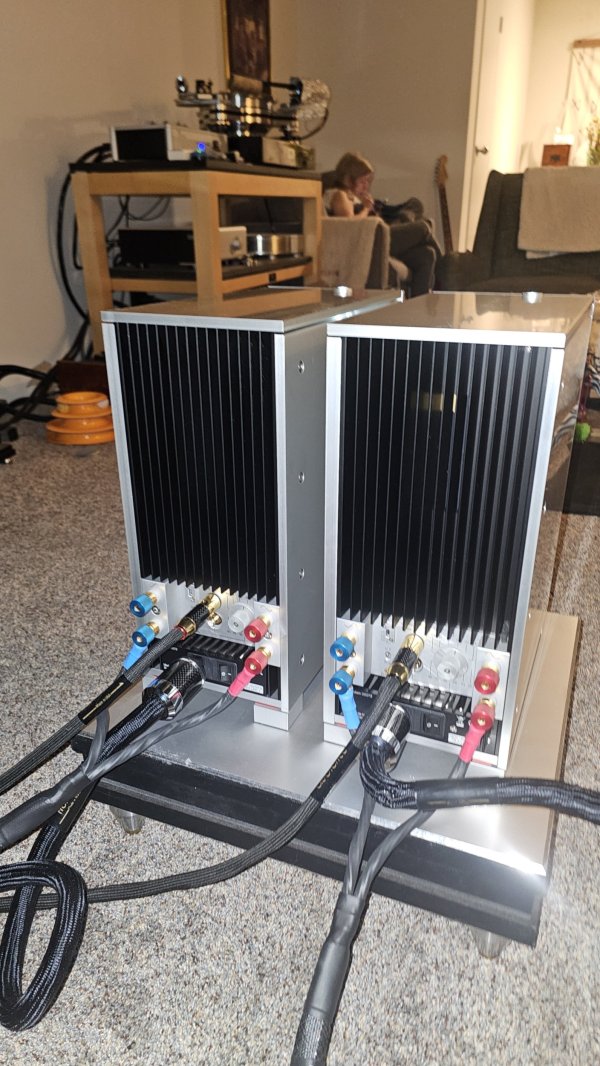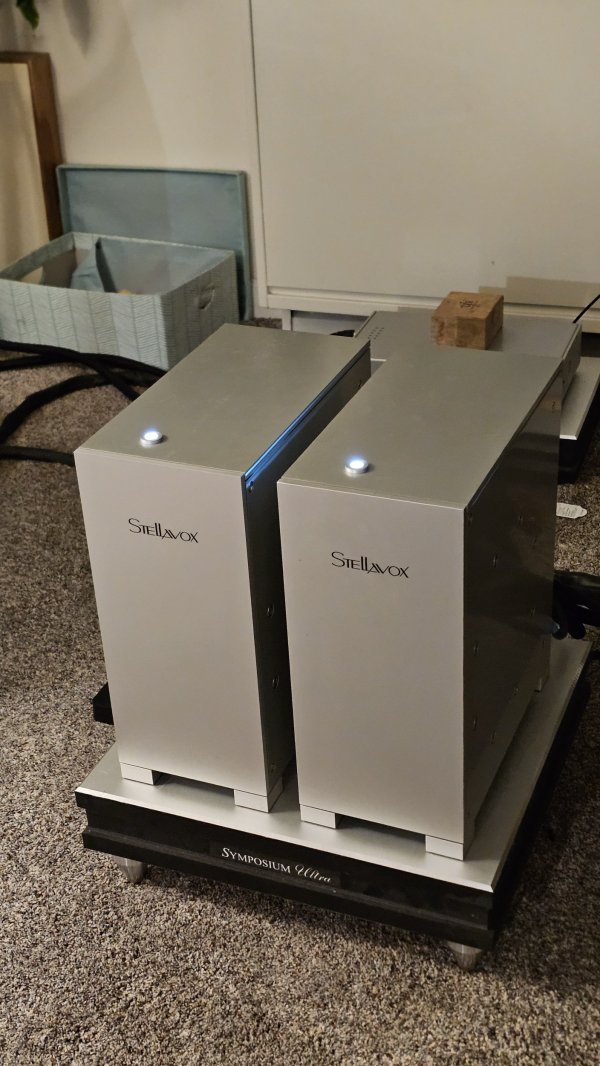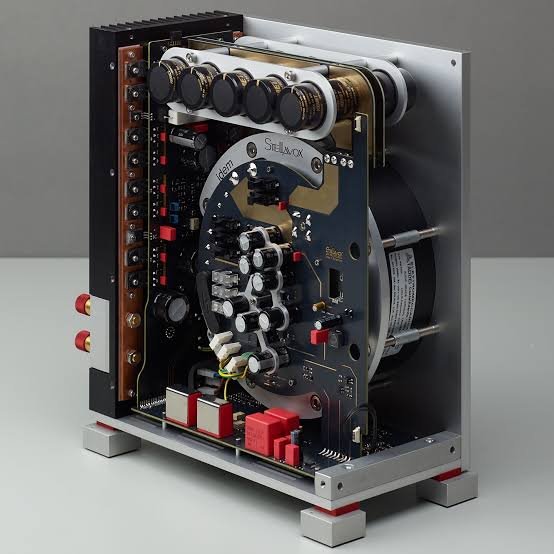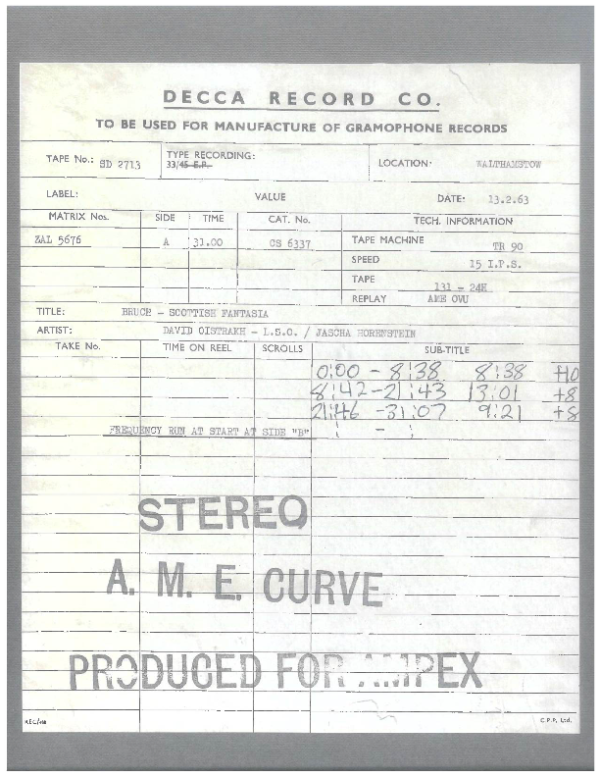Part of continuing to improve as a reviewer is staying abreast of new developments and taking every opportunity to audition to innovative products. Preferably, but not always possible, in your own reference audio system. Thus one, in combination with a steady diet of live music (thanks to living in New York City the opportunity is boundless), gets a better benchmark and picture of just exactly where we lie in audio reproduction.
Enter an opportunity to audition (and hopefully review down the road for Positive-Feedback) the new IDEM monoblock amplifiers from the legendary and newly resurrected Stellavox company. Let’s face it. There’s nothing super sexy about solid-state amplifiers. No glow of tubes, just a metal box with the guts inside. On the other hand, there is a beauty in simplicity and how the manufacturer uses CNC machining to make everything fit together oh so perfectly.
Setting the amplifiers up was pretty simple. The IDEMs are no lightweights and definitely require two people to lift them out of the box and then place in position. (Here they were set up on some Symposium Ultra platforms.) Connect the interconnects and the speaker cables. Select single-ended or biwired input, adjust for the needed gain. I’m not familiar with these binding posts but they provided a very tight and secure connection. Take care there’s a firm and tight contact with thicker, heavier spade lugs. Connect the power cord and then it’s time to power the amplifiers up.
A few other useful observations about the amplifier. First, leave the IDEMs turned on all the time for the best possible sound (as I recommend for all solid-state amplifiers and digital products). The IDEMs take a good two hours after coming out of standby to sound their best. Next, these amplifiers run hot! But they are equipped with a sizeable amount of heat sinking on the back of the amplifiers to deal with heat issues.
The system surrounding the Stellavox IDEM amplifiers consisted of:
Speakers: Zellaton Plural Evo;
Sources (LP): VPI Avenger Statement direct-drive turntable with outboard Vanquish power supply; SAT LM-12 tonearm; HyperAnalogue Hypersonic X4 cartridge; (Tape) Technics RS1506 reel-to-reel with very low (80 mH) inductance FM heads, redone tape path, heads wired balanced out;
Electronics: Soulution 326 preamplifier; Doshi Audio EVO phonostage with NOS cryo’d Mullard CV4024s, Phillips 12DW7s and new Genelex ECC83s tubes; Doshi Audio EVO tapestage with NOS Tele ECC801s (phase splitter) and Mullard 4024 (EQ section) tubes;
Cabling: Kubala-Sosna Ovation speaker cables; Audience Front Row Reserve ICs; Audience Front Row power cords.
So I thought I would start out with a couple of pictures of the setup as well as some teaser videos of some LPs and 15-ips tapes played back through the reference system.
Enter an opportunity to audition (and hopefully review down the road for Positive-Feedback) the new IDEM monoblock amplifiers from the legendary and newly resurrected Stellavox company. Let’s face it. There’s nothing super sexy about solid-state amplifiers. No glow of tubes, just a metal box with the guts inside. On the other hand, there is a beauty in simplicity and how the manufacturer uses CNC machining to make everything fit together oh so perfectly.
Setting the amplifiers up was pretty simple. The IDEMs are no lightweights and definitely require two people to lift them out of the box and then place in position. (Here they were set up on some Symposium Ultra platforms.) Connect the interconnects and the speaker cables. Select single-ended or biwired input, adjust for the needed gain. I’m not familiar with these binding posts but they provided a very tight and secure connection. Take care there’s a firm and tight contact with thicker, heavier spade lugs. Connect the power cord and then it’s time to power the amplifiers up.
A few other useful observations about the amplifier. First, leave the IDEMs turned on all the time for the best possible sound (as I recommend for all solid-state amplifiers and digital products). The IDEMs take a good two hours after coming out of standby to sound their best. Next, these amplifiers run hot! But they are equipped with a sizeable amount of heat sinking on the back of the amplifiers to deal with heat issues.
The system surrounding the Stellavox IDEM amplifiers consisted of:
Speakers: Zellaton Plural Evo;
Sources (LP): VPI Avenger Statement direct-drive turntable with outboard Vanquish power supply; SAT LM-12 tonearm; HyperAnalogue Hypersonic X4 cartridge; (Tape) Technics RS1506 reel-to-reel with very low (80 mH) inductance FM heads, redone tape path, heads wired balanced out;
Electronics: Soulution 326 preamplifier; Doshi Audio EVO phonostage with NOS cryo’d Mullard CV4024s, Phillips 12DW7s and new Genelex ECC83s tubes; Doshi Audio EVO tapestage with NOS Tele ECC801s (phase splitter) and Mullard 4024 (EQ section) tubes;
Cabling: Kubala-Sosna Ovation speaker cables; Audience Front Row Reserve ICs; Audience Front Row power cords.
So I thought I would start out with a couple of pictures of the setup as well as some teaser videos of some LPs and 15-ips tapes played back through the reference system.
Attachments
Last edited:


